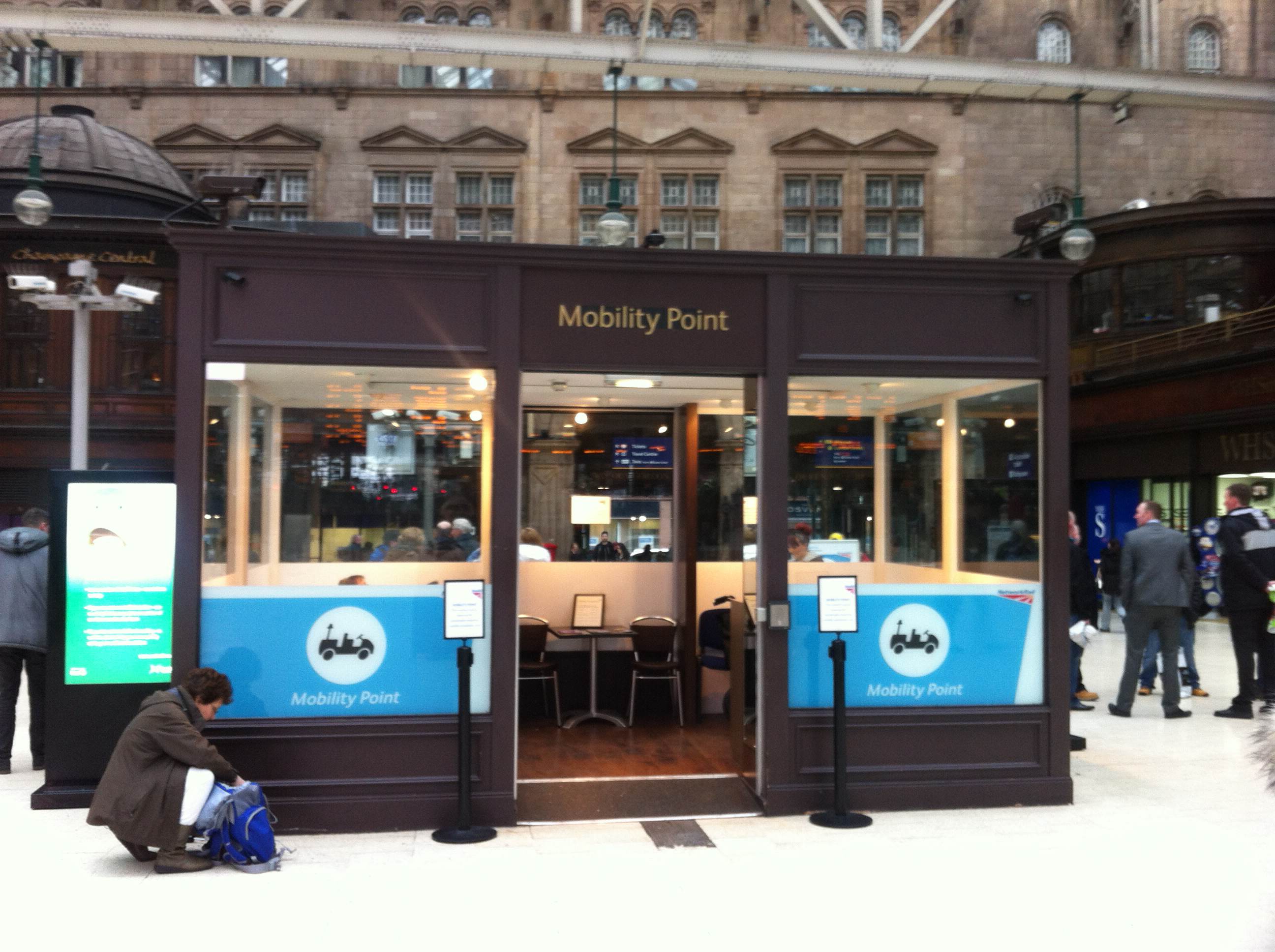It has now been a while since my visit to CeMoRe and my first blog. Lancaster will be blooming with Spring, and here in New Zealand, the Winter approaches, with colder days but blue skies. I have used this photograph, taken at the Glasgow Railway Station, in a playful way to emphasise the now ubiquitous sense of mobility in everyday life.
‘Mobility Point’ is also a way for me to signal that my time at CeMoRe of reflecting on the uses of ‘mobility’ as a lens through which to see histories of vagrancy has been productive and stimulating. Colin Pooley’s suggestion that I imagine ‘mobility’ rather than ‘vagrancy’ as the subject of my unfolding research study has been very helpful. I am now looking at what I am calling the registers of mobility in the colonial past by focusing on the figure of the vagrant.
The poor, the different, and the transient became outcasts. This was true for James Cox, whose ‘days of darkness’ spent as a vagrant to unemployment in the early 1890s coloured the rest of his life. In a rare first-hand account of vagrancy, Cox recounts his severe depression and poor health, and detailed his own movement around the North Island. The account of his mobility reminds readers of the sheer physical feat of being a swagger, a wandering man in search of work, shelter and food, in all weather: Cox trekked for several months. He was at the mercy of the generosity of others, wore out his shoes and feet, had little privacy, and experienced privation of spirit. As Miles Fairburn notes, he was not the only man who lived in this way in the 1890s or at other points in New Zealand’s colonial past.
*From: Catharine Coleborne, ‘Law’s mobility: imperial legality in the trans-Tasman colonial world’, in Katie Pickles and Catharine Coleborne (eds), New Zealand’s Empire (in press, Manchester University Press, 2015)
What we might call the registers of mobility in New Zealand’s past are many and varied. The central objective of my new research is to examine the regulation of mobility through its different registers in the legal records of nineteenth-century New Zealand vagrants. My project narrows in on the legal regulation of mobility in order to detail the risks and limitations of mobility in historical context. Prosecuted for unauthorised movement, stopping and loitering with intent, and in the context of a society intent on settler respectability, the mobile lives of vagrants reveal much about the everyday mobility that was part of their repertoire. Told to ‘move on’ by police and in the court of law, vagrants were vulnerable to the surveillance which had come increasingly to define colonial settler society, which was at the same time policing the boundaries of gender, ethnicity, and class.
I aim to take a sample of legal prosecutions of all vagrants in the second half of the nineteenth century and read these against published and unpublished written accounts of vagrant mobility. I am using the New Zealand Police Gazette (pdf) (NZPG) held in the National Archives Auckland branch.
I want to interpret vagrants’ practices of walking, stopping, resting, seeking shelter, moving on, and relocating from one part of the colony to another as everyday forms of mobility and activity that were in themselves informed by ideas about the ever-present and deeply entrenched mobility of colonial society. What was the experience of mobility for the person defined as vagrant? What were the implications of vagrant mobility for women and men?
Themes for publications from this new research include the politics of mobility as evidenced through the use of the consorting clause in prosecutions; mobile vagrant families; the language of prosecution, such as ‘moving on’; narratives of mobility and welfare; the everyday mobility of the vagrant; and gender and mobility in the use of the law for prosecutions.
Cathy Coleborne is currently based at the University of Newcastle (NSW Australia). She welcomes discussion and feedback for her ideas at catharine.coleborne@newcastle.edu.au. She also tweets at @CathyColeborne.
This blog post has also appeared on the author’s personal blog.




